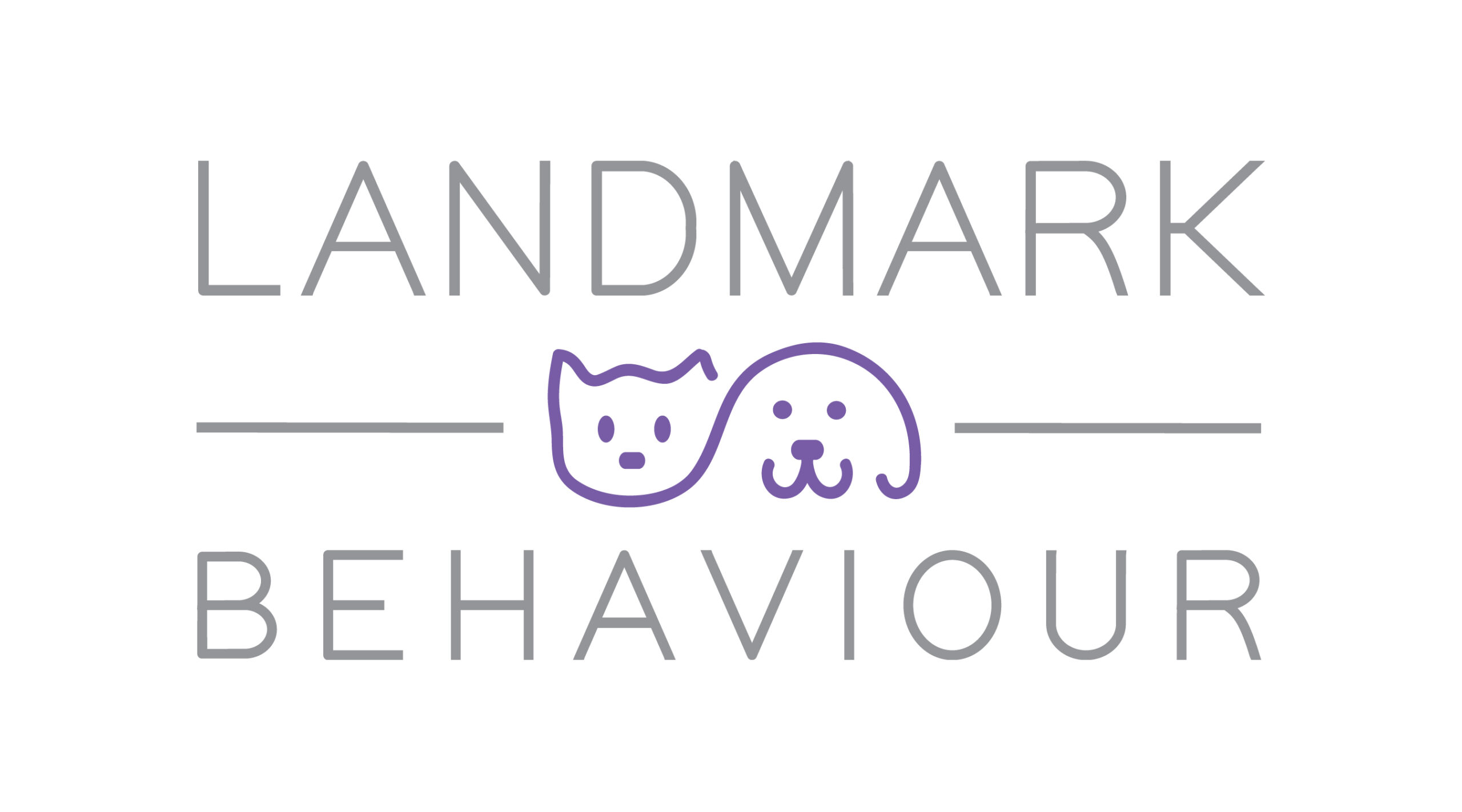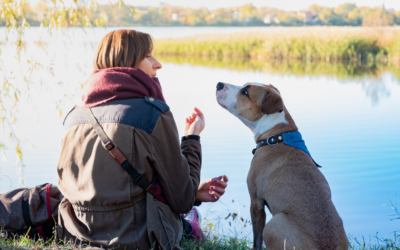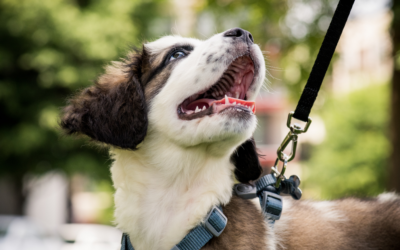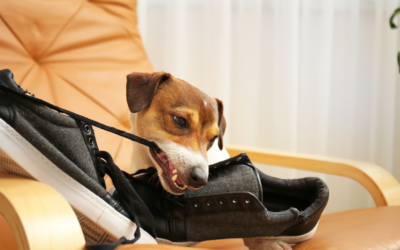Are you a dog owner looking to make the most of your visits to the dog park? Well, you're in luck! In this article, we'll explore dog park etiquette's dos and don'ts, how to read dog interactions, and provide training tips for a successful experience. So grab a leash, put on your walking shoes, and let's dive right in.
Before we start, it is very important to know and understand that dog parks are not for every dog. In fact, a majority of dogs may not be suitable candidates for dog parks. If your dog shows signs of fear and anxiety, or even aggression, around other people or dogs then you should work with them outside of a dog park environment.
The Do's and Don'ts of Dog Parks
Kick-starting our guide to dog park etiquette is a rundown of the do's and don'ts. When you arrive at the park, do keep your canine companion on a leash until you reach the off-leash area, ensuring safety and preventing any mishaps. Once inside, it's essential to maintain a watchful eye on your furry friend at all times. Please keep an open line of communication with your dog, utilizing verbal cues and body language to guide their behavior.
It is essential to keep an eye on your dog and the other dogs surrounding them to stop any concerning behavior before it escalates. One of the biggest problems with dog parks is the people not paying attention to the dogs, getting involved in conversation with others, and missing the subtle signs of fear, anxiety, or even aggression.
On the flip side, there are a few things you should avoid doing at the dog park. Firstly, don't bring a dog that's not fully vaccinated and be very cautious if your dog is intact, as this can lead to potential health and behavioral issues. Secondly, don't bring your lunch or snacks to the park. Even if Fido gives you those irresistible puppy eyes, sharing food can cause resource-guarding behaviors among dogs, leading to conflicts.
Furthermore, it's essential to be mindful of the size and temperament of the dogs at the park. If your dog is small or timid, visiting during off-peak hours when fewer dogs are around might be best. This can help prevent overwhelming situations for your pet and ensure a more enjoyable experience.
Another important aspect to consider is cleaning up after your dog. Always carry waste bags and promptly dispose of any messes your furry friend leaves behind. Not only is this respectful to other park users, but it also helps maintain a clean and hygienic environment for all visitors.
How to Read Dog Interactions and When to Step In
Understanding Play Styles
Now that we've covered the basics of dog park etiquette let's delve into the world of dog interactions. Dogs communicate primarily through body language, so it's vital to understand their play styles to ensure a harmonious play session. Observe your pup's body and tail positions—they should appear relaxed and engaged. Look for any signs of discomfort, such as raised fur, tucked tails, or still posture.
It's also essential to differentiate between play and aggression. Healthy play involves loose, bouncy movements and reciprocal interactions between dogs (ie taking turns in play and chasing). On the other hand, aggression displays stiff body postures and intense stares. Both types can include vocalizations such as barking and growling, but the intensity could be different. If you witness any signs of aggression or overly rough play, it's time to step in and redirect their attention to a different activity.
Furthermore, understanding dog play styles can help prevent misunderstandings and potential conflicts at the dog park. Dogs have different preferences regarding play—some enjoy chasing and wrestling, while others prefer gentle interactions like sniffing and tail wagging. Recognizing and respecting these individual play styles can facilitate positive social experiences for your furry friend.
Additionally, dog interactions can vary based on breed tendencies and past experiences. For example, herding breeds may exhibit nipping and/or chasing behaviors during play, mimicking their instinctual herding instincts. Knowing these factors can help you interpret your dog's behavior more accurately and intervene effectively.
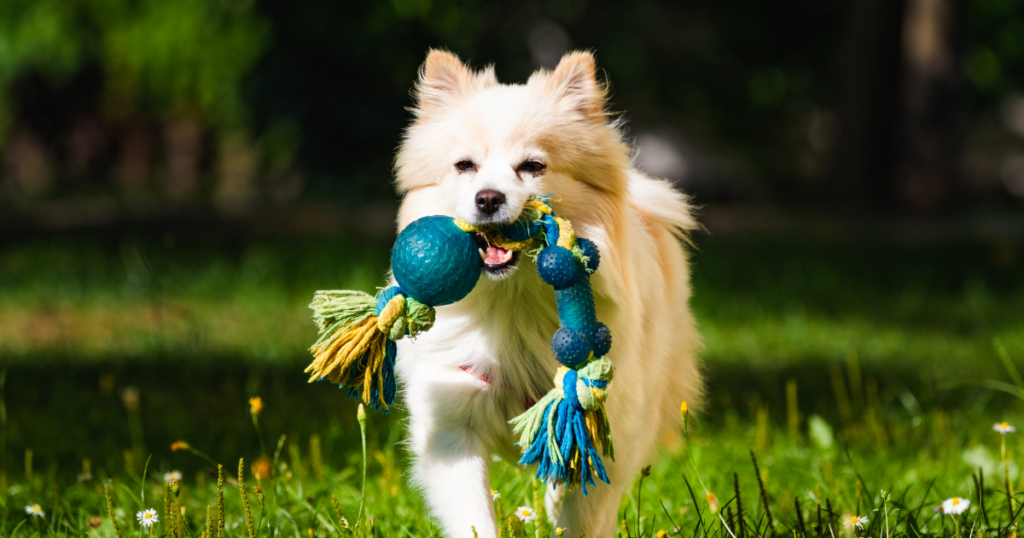
Training Tips for a Successful Dog Park Experience
Recall Training
In addition to understanding dog interactions, training is fundamental for a successful dog park experience. Recall training, specifically, is crucial for maintaining control over your pet. Teaching your dog a reliable recall command, such as “come” or “here” allows you to call them back from potentially dangerous situations or undesirable behaviors.
Start training in a distraction-free environment, gradually progressing to busier areas like your backyard before venturing to the dog park. Use positive reinforcement techniques, rewarding your dog with treats or praise when they respond to your recall command. Consistency and patience are essential, so keep practicing in various environments until your dog responds reliably.
Another important aspect of training for a successful dog park experience is socialization. Socialization helps your dog feel comfortable and confident around other dogs and people, reducing the likelihood of aggressive behavior or fear-based reactions. Introduce your dog when young to different environments, sounds, and smells to help them become well-adjusted and friendly in various situations.
When working with your dog, observe their body language and behavior. Positive interactions with other dogs should be encouraged and rewarded, while any signs of fear or aggression should be addressed calmly and positively. By gradually exposing your dog to new experiences and providing positive reinforcement, you can help them become a well-rounded and pleasant companion at the dog park.
Choosing the Right Time and Park for Your Dog
Lastly, choosing the right time and park for your dog plays a crucial role in enhancing their experience. Consider visiting the park during off-peak hours to avoid overcrowding, helping your pooch feel more relaxed. Additionally, familiarize yourself with local parks and their respective regulations. Some parks may have restrictions on certain dog breeds or require dogs to have updated vaccinations.
Moreover, consider your dog's needs and preferences when choosing a park. If your furry friend enjoys a good game of fetch, look for parks with ample space and designated areas for throw and retrieve activities. If your dog is shy or introverted, a smaller, quieter park may better fit their personality.
When selecting the perfect park for your canine companion, it's essential to consider the physical environment and the social dynamics at play. Some parks may have a strong community of regular visitors, allowing your dog to socialize and make new friends. On the other hand, quieter parks can offer a more serene setting for introspective pups who prefer solitude.
Furthermore, exploring different parks in your area can expose your dog to various sensory experiences, from different terrain textures to new scents and sounds. This exposure can help enrich your dog's mental stimulation and overall well-being, creating a more fulfilled and happy furry friend.
By following these dog park etiquette tips and incorporating training techniques, you can ensure that each visit to the dog park is a positive and enjoyable experience for you and your furry friend. So go ahead, embrace the joys of the dog park, and create lasting memories with your beloved companion!
